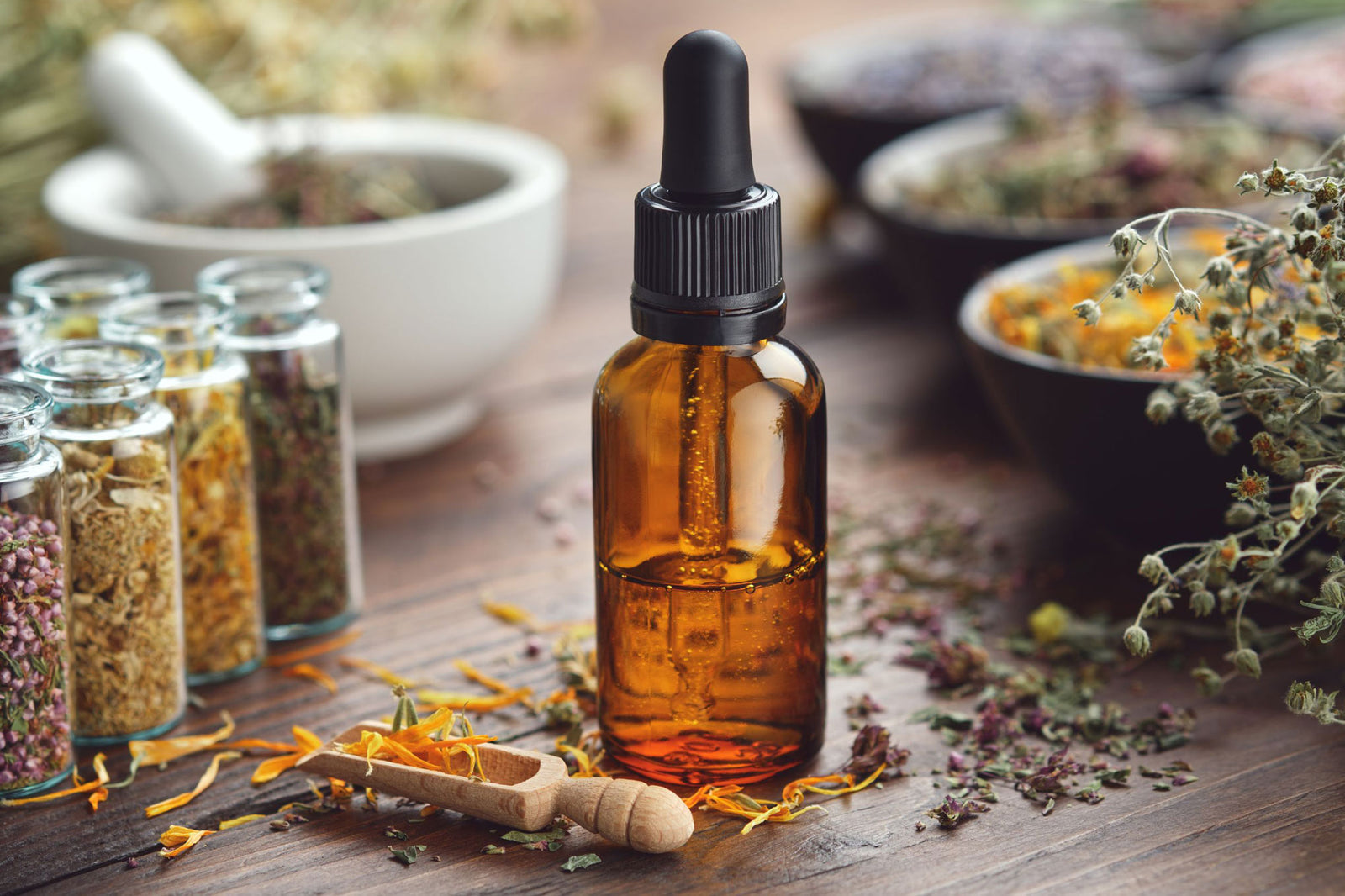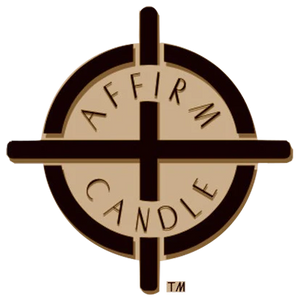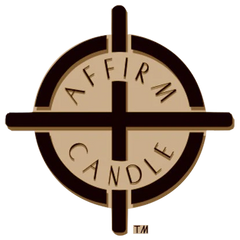Exploring the Use of Essential Oils in Candles: A Comprehensive Guide

Candles have been casting their warm, flickering glow on human history for centuries. But what about the fantastic fusion of candles with the alluring scents of essential oils? Imagine your space infused with the refreshing notes of eucalyptus or the calming essence of lavender. It's not just about the light; it's about the atmosphere.
In this comprehensive exploration, we're lighting the wick on the captivating world of essential oils in candles.
The Basics of Essential Oils and Candle Making
Understanding Essential Oils
Essential oils extracted from plants embody the pure essence of botanical origins. They are obtained through various processes such as steam distillation, cold-press extraction, or solvent extraction. These methods result in highly concentrated, volatile oils that capture the scents and therapeutic properties of their natural origins. The selection of the extraction method is vital and can significantly impact the oil's quality—for instance, delicate flowers often require steam distillation, while citrus oils are derived from cold-pressing the fruit's peels.
The Secret Science of Candle Making
Candlemaking is a blend of art and science. At its core, you're creating a controlled burn system, where the wick draws up liquid wax, heat vaporizes it, and the aerosolized wax then undergoes combustion. Ensuring the right balance of the wick size and wax type is crucial for a clean, efficient burn that effectively releases fragrance.
Benefits of Essential Oils Over Synthetic Fragrances
Essential oils magnify the craftsmanship of candle making. Unlike their synthetic counterparts, essential oils offer natural, plant-derived aromatics without the side effects of phthalates and other chemicals found in some fragrance oils. For those seeking an authentic, holistic experience, the choice is clear—essential oils are the way to go.
Types of Essential Oils for Candles
Popularity Among Essential Oil Enthusiasts
Essential oil enthusiasts adore the versatility and natural appeal of these oils in candle crafting. With a myriad of options, including single-scented oils and complex blends, there's something for every taste.
The Power of Notes in Fragrant Harmony
Every scent has a role in the olfactory symphony. From the initial impression (top notes) to the lasting notes (base notes), a balanced combination of essential oils can create depth and fullness. Understanding these notes is critical to crafting a harmonious scent profile that lasts throughout the burn.
Crafting Bespoke Scents with Essential Oil Combinations
Creating your scent profile can be an adventure. Lavender, chamomile, and bergamot are widely favored as top note options in essential oils, while ylang-ylang, rose, and clary sage provide rich, floral middle notes. Vanilla, sandalwood, and patchouli offer a warm, inviting foundation as base notes. By mixing and matching these categories, the possible combinations are as vast as your imagination.
Essential Oil Candle-Making Guide
Creating your essential oil candles is a wonderfully hands-on way to personalize your aromatherapy experience. Here's a simple DIY guide to get you started:
Ingredients and Materials:
- Soy wax flakes
- Essential oils of your choice
- Candle wicks
- Wick sustainers
- Glass jars or candle molds
- Double boiler or candle wax melter
Step-by-Step:
- Melt the wax gently using a double boiler over low heat. Be patient; overheating can denature the wax and affect the quality of the candle.
- Once the wax has melted, let it cool slightly before proceeding. Then add your essential oils. As a general guideline, add 1 ounce of essential oil to 1 pound of wax, though feel free to adjust according to your preference.
- Affix the wick to the bottom of your chosen container using a wick sustainer. Pour in the wax and center the wick.
- Leave the candle to cool and harden, usually for 24 hours.
Safety and Handling Essential Oils in Candle Making
It's crucial to remember that essential oils are potent compounds and should be handled with care. For your safety, it's best to wear gloves and work in a well-ventilated area, especially when using high-quantity or hot oils like cinnamon or clove. Skin contact can cause irritation, and ingestion should be strictly avoided.
Storing Your Essential Oil-Infused Candles
To preserve the integrity of your candles, store them in a cool, dark place. This prevents the oils from degrading and the colors from fading. Over time, the scent of your candles will mellow, but proper storage can help maintain their aroma for longer.
The Aromatherapeutic Benefits of Essential Oils in Candles
The Practice of Aromatherapy
Aromatherapy is the use of scents to affect the mind and body. With essential oils, this practice reaches new heights. Each oil serves a specific purpose, whether you seek calmness, energy, or relief from common ailments.
Using Candles for Aromatherapy
Candles can be powerful tools for aromatherapy, thanks to the slow release of their scents. The gentle heat of a burning candle encourages the gradual dispersion of essential oils throughout a room, creating an environment conducive to the practice of well-being.
Psychological and Physical Contributions of Specific Scents
Certain scents have been linked to specific psychological and physical responses. For example, the fragrance of lavender is renowned for its ability to induce relaxation and enhance sleep quality, whereas peppermint can refresh and clarify the mind.
Market Trends and Sustainability
The Rise of the Essential Oil-Infused Candle
Consumers are increasingly drawn to products that offer natural, sustainable solutions. Essential oil-infused candles are part of this trend, appealing to those looking to minimize their environmental footprint while enjoying a chemical-free experience.
Eco-Friendly and Non-Toxic Consumer Preferences
Eco-friendly candles crafted from renewable sources like soy or beeswax are becoming more popular. These products, coupled with the use of essential oils, offer conscientious consumers a cleaner, greener option for home fragrance.
Essential Oil Candles in the Home and Wellness Industries
The use of essential oils in candles is not limited to a single industry. It is finding a welcome home in both the decor and wellness industries. With an array of aesthetically pleasing options and the promise of natural benefits, these candles are a staple in spas, yoga studios, and the residences of wellness-conscious individuals, demonstrating their versatility and broad appeal.
Conclusion
Essential oils and candle crafting represent an age-old combination of nature and art, now poised for a modern revival. The ability to create personalized scents, each with its potential for benefit, is a luxury that contemporary enthusiasts cherish. With thoughtful consideration for the oils you choose, the process of candle making, and the atmosphere you aim to create, your aromatic endeavors can provide much more than a mere fragrance—they can offer a holistic sensory experience tailor-made for your well-being.
The scents of serenity await those willing to immerse themselves in the enchanting world of essential oil-infused candles. Whether you're a seasoned candlemaker or a newcomer to the craft, there's always more to learn, more to create, and more to savor. Embark on this aromatic journey and discover the boundless potential of blending your candles with the essence of nature itself.
Are you ready to infuse your home with the calming scents you've always craved? Be sure to join the league of essential oil candle crafters who are finding joy and peace in the flickering light of their handcrafted treasures. The essential oils and waxes are waiting, and the adventure is yours to begin. Choose harmony, choose health, choose the scents of serenity.


